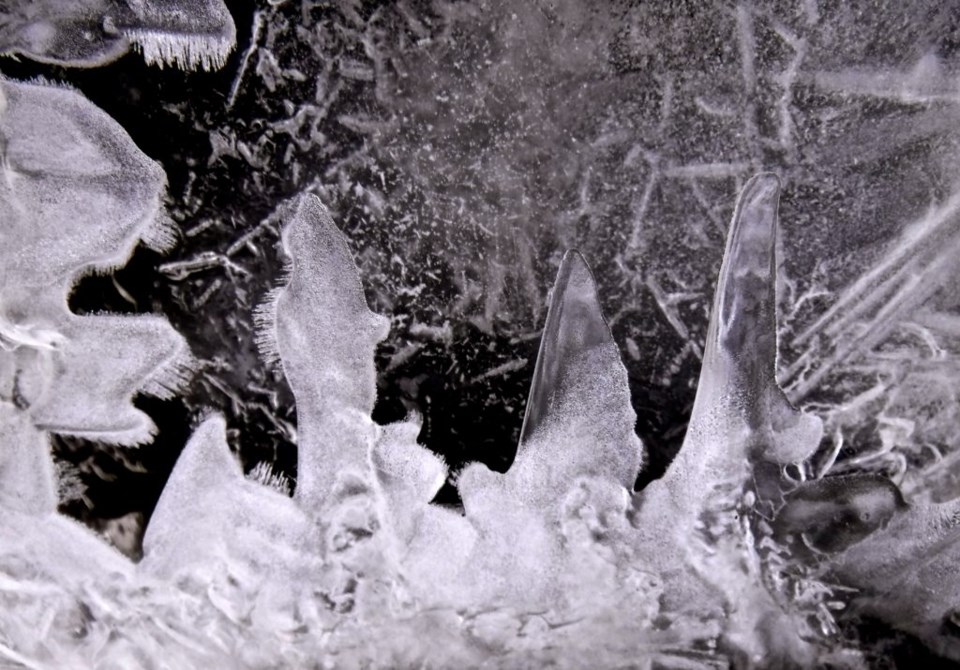
Do you ever step outside of your house at this time of year, and think, how on earth are animals sleeping outside in that?
Maybe I’m the only one who questions how the most extreme winter residents here fare against the winter, and how we are among those unique residents.
Essentially, if you’re a living thing facing the winter, you have three choices: migrate, hibernate, or adapt when the weather rolls around.
Humans don’t truly hibernate of course, but our societal mood follows the swing of the seasons. Many people openly experience some sort of “winter blues,” sometimes referred to as seasonal depression. It is biologically real. The aboriginals, the first pioneers, and the modern Niagara-on-the-Lake folk have all experienced tougher times in winter. Of course, the modern folk have it relatively easy.
Because humans don’t dig burrows into the ground or crawl into a cave for winter, we embrace the luxuries of being smothered by blankets while watching Netflix as the snow (and at this moment, freezing rain) falls outside the window. We eat more carbs and fatty foods, not just because it’s nearly holidays, but our brains send primordial messages to our body to stock up for the difficult weather ahead. Think about how we eat thick soups, more meat, and drink heavier beverages come winter.
We are well-trained as kids and as a species to know that winter can hurt if you’re not careful, so sometimes it’s best not to overexert yourself out there — or at all. Animals follow some similar traits as they embrace the lazy factor over winter, and they too eat some pretty big feasts before lying around. Deer eat beech nuts, squirrels stash acorns, and scavengers such as coyotes and raccoons try to pig out and fatten up before winter sets in. That fat coat is not available in stores and probably isn’t in style for people.
A nighttime winter landscape can seem bleak and desolate. If you contemplate it in excess, you’ll probably feel an empathetic shiver as you look out into the abyss.
Winter is cold in both temperature and personality. The bare trees look like a barcode contrasted against the white world around them, and within each of those black lines, you must imagine mammals, insects, and birds taking refuge. It’s actually a diverse community hiding in the bark and hollows of these trees. Thank goodness they are all more or less on the same page, focused on the need to survive winter. Some of them are close to being biologically dead, but their ticking heart and fat reserves somehow keep the engine putt-putting away. It’s inglorious, but it works.
We know it’s humanly satisfying to step inside the house or ski chalet after exposure to the cold. That feeling of refreshment and relaxation upon entering the warm room is engrained in our animal DNA.
We find ourselves seeking out the warmer temperatures trapped inside. We are out of the wind, which amplifies the effects of subzero temperatures. We are with our own kind and find a sense of security when community surrounds us.
It’s no different for the creatures in the trees.
The wood frog is an odd winter warrior. It hunkers down into the mud in winter, where it pulls its limbs in tight to embrace the freeze-over it is about to experience. Parts of this amphibian’s internal organs literally freeze, and a coat of ice envelops the frog’s sensitive, slimy skin. How could this possibly be okay?
It emerges as a real life “frogsicle” in early spring. The ground thaws, the frog’s body is gently pushed to the surface of the forest floor, and the ice begins to melt away. It then hops its way towards the vernal pools in the forest to mate. Only a couple of days a year, you might be lucky to see this post-winter phenomenon.
Its call sounds exactly like a quacking duck. Unsuspecting ears in a spring forest might have you thinking there is a pond full of ducks ahead, but it is instead filled with hundreds of frogs trying to mount one another. What makes this supercharged sex affair more bizarre when it occurs, is that some of these frogs were literally frozen less than 24 hours ago.
Sadly, I have never seen or heard a wood frog in NOTL. With the vast majority of our swampy woodlands gone, wood frogs are now heard quacking in the forests of southern Niagara.
We all fantasize about leaving the country when winter grips us. Florida, Mexico, Costa Rica... those are dreamy locations where a lot of our birds go for the season.
But whether or not a trip to somewhere warm is in the cards, until spring, let’s embrace the beauty and challenges of winter. Some of us will just freeze-over like the wood frog until spring, and that’s okay too.